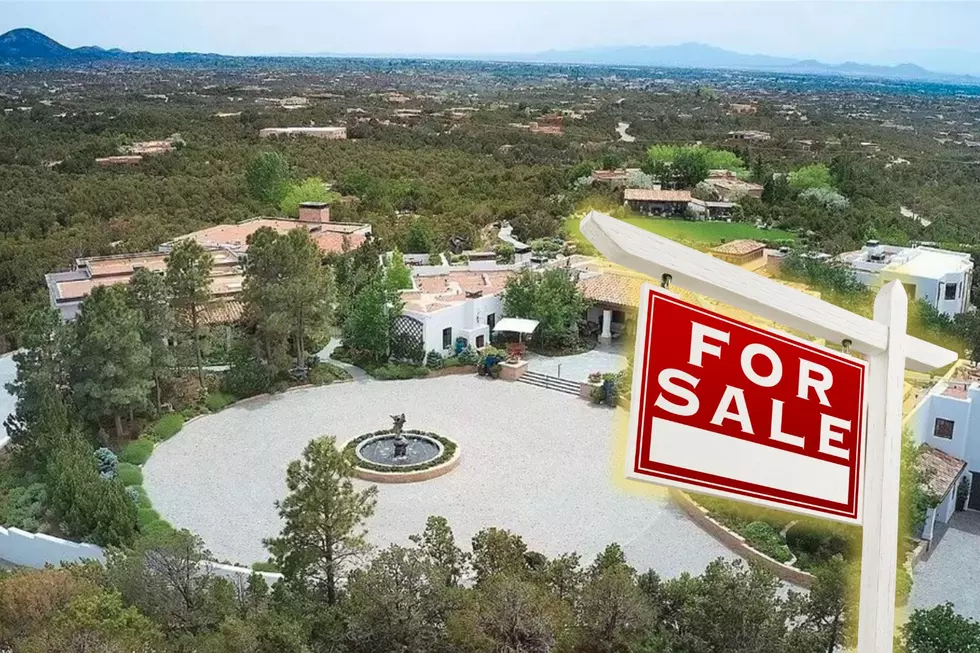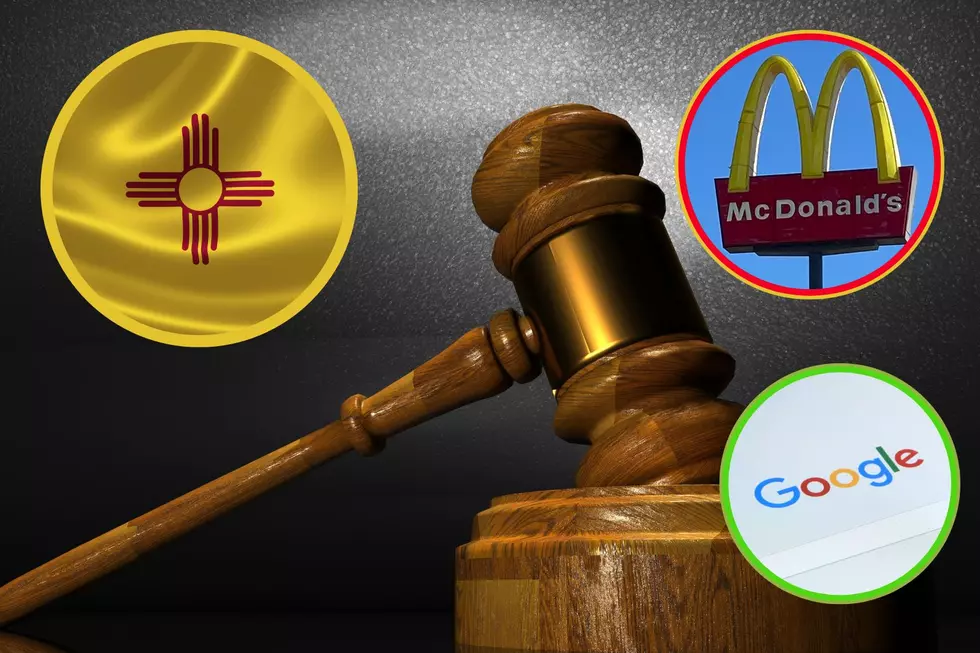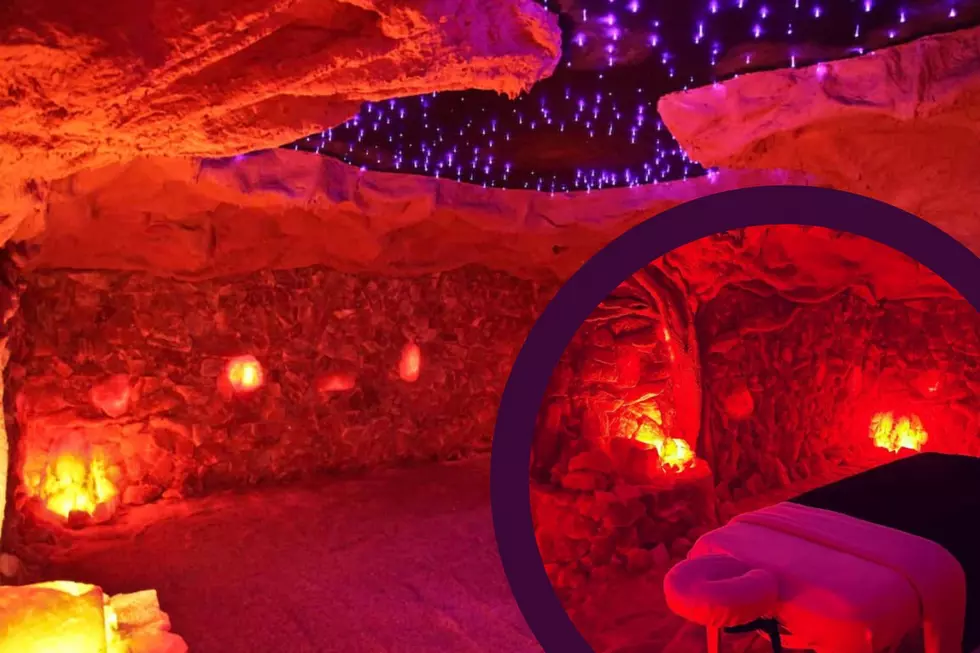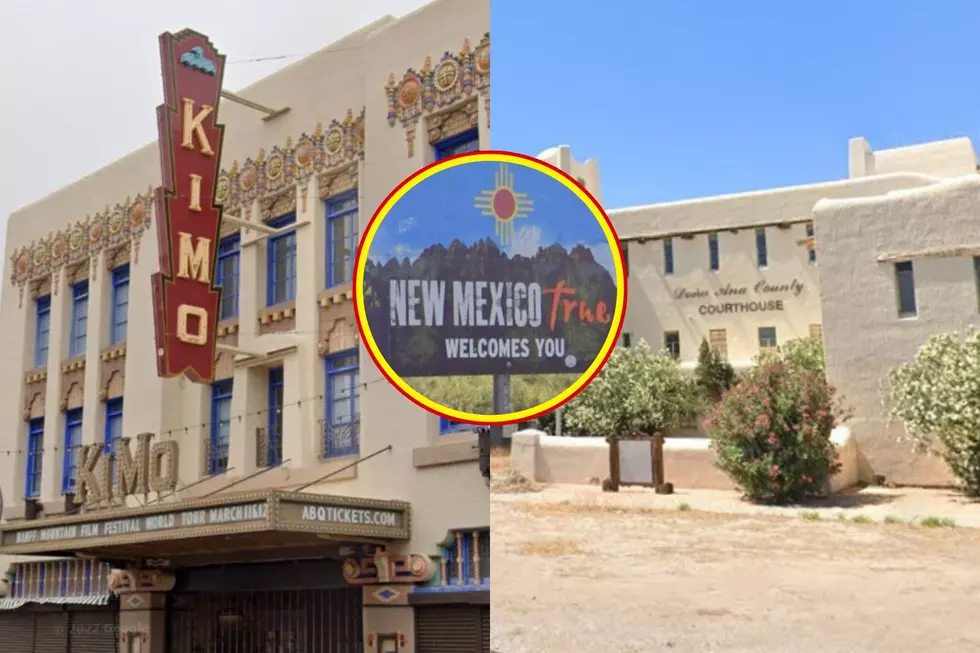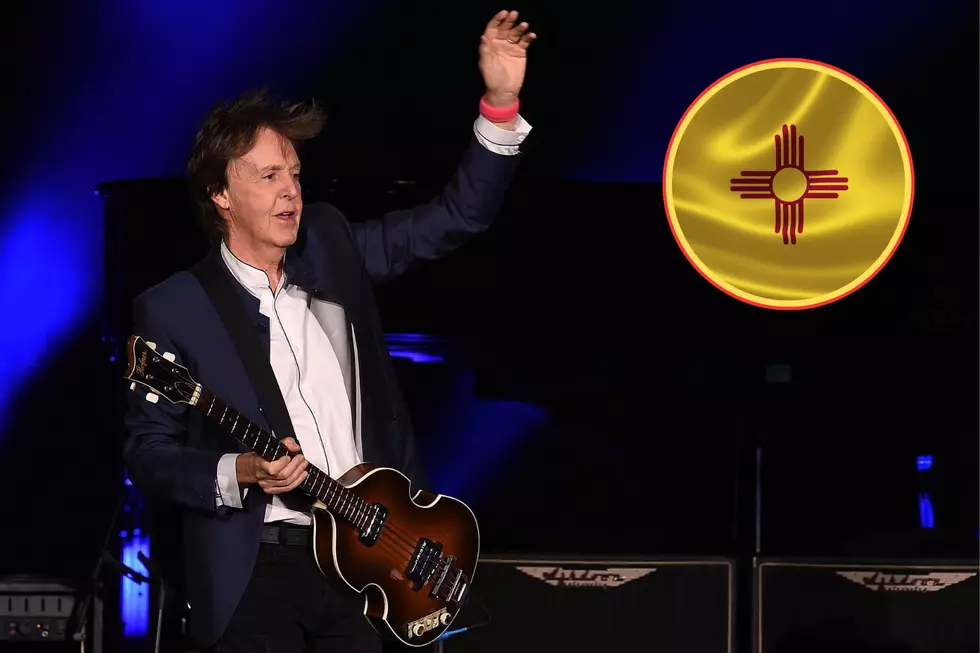
Pancho Villa Invaded the U.S. 100 Years Ago Today, and It Happened Just a Few Miles from El Paso
It was 4:11 a.m., March 9, 1916, when the last invasion of U.S soil by a foreign power began. The entire town of Columbus, N.M., was fast asleep when the bullets started to fly.
Gen. Francisco "Pancho" Villa and his revolutionary forces were running and gunning through northern Mexico after getting beat at the Battle of Celaya when they raided Camp Furlong, located just outside of Columbus. By 7:30 a.m. that morning, 18 Americans and 90 Mexicans were dead. Several buildings were torched, and five of Villa's troops were captured and hanged for murder. Maybe Villa wanted to send the U.S. a message for backing his rivals in the Mexican Civil War. Maybe they were just hungry and needed supplies. The truth is, no one is entirely sure why the attack even happened.
Officially, historians call the battle an American victory, since the raiders fled from the 13th Cavalry Regiment's machine guns -- still kind of a deadly novelty in those days. But little Columbus, N.M. would never recover from the battle. Its population today is maybe one-tenth of what it was before the attack in 1916. There were 15,000 people in Columbus during the attack. A little over 1,500 live there today.
If you've never been to Columbus -- and it's entirely believable that you haven't -- there's not much there. It's a low, quiet, decaying community in the desert, clearly fine sticking to the old Wild West style of being left the hell alone. Several of the buildings that Villa and his troops shot up are still standing, even if not all of them are particularly well-maintained. On the Saturday afternoon I was there, it felt like the town could very well have been abandoned.
The townsfolk and the state have done a decent job of preserving a few of the buildings that were in the camp. The old-style adobe bricks still hold up reasonably well for their age. But, at the same time, there are other adobe-brick structures that are now no more than a couple of semi-connected walls crumbling in someone's backyard. No one has thought to either protect them ... or tear them down. So they stand, like silent monuments.
Columbus is this great American secret -- not many have crassly cashed in on its notoriety for tourism dollars. Even one of the town's museums is modestly funded by history buffs.
It's a good thing and a bad thing. Good, because it's entirely plausible to sit in The Patio Cafe on Broadway St. (try the "Wildcat burger") and imagine Villa and his revolutionaries tearing through the town on horseback. And bad, because some of the structures were clearly left to deteriorate, and no one preserved them.
There are bullet holes all over the old structures. You can see the old bank vault that one of Villa's soldiers put a pretty strong bullet through. At least one old car -- which a citizen was using to flee the attack -- is housed at the town's museum, shot up like Swiss cheese.
After the attack, Villa fled back into Mexico, with America's full fury behind him. President Woodrow Wilson mobilized Gen. John J. Pershing to chase Villa down, and that chase -- now known as The Punitive Expedition -- was basically a training ground for U.S. troops who were about to be sent to Europe for World War I. They spent several million dollars only to eat Villa's dust for well over a year until WWI called them away. Villa survived until 1923, when he was assassinated by his own countrymen. America never got their hands on him.
The attack on that little border town 100 years ago may have led the U.S. Army into readiness against the Central Powers in Europe -- because history's just connected like that. And it's all still sitting, practically in our backyard. Pancho Villa is now a legend, as is Gen. Pershing.
And little Columbus? It continues to bake quietly in the sun, almost oblivious to the outside world and the role it once played in it.
More From KLAQ El Paso


